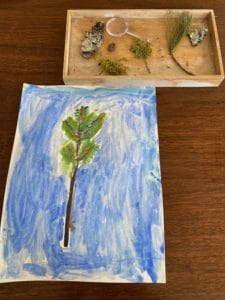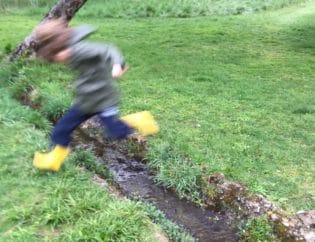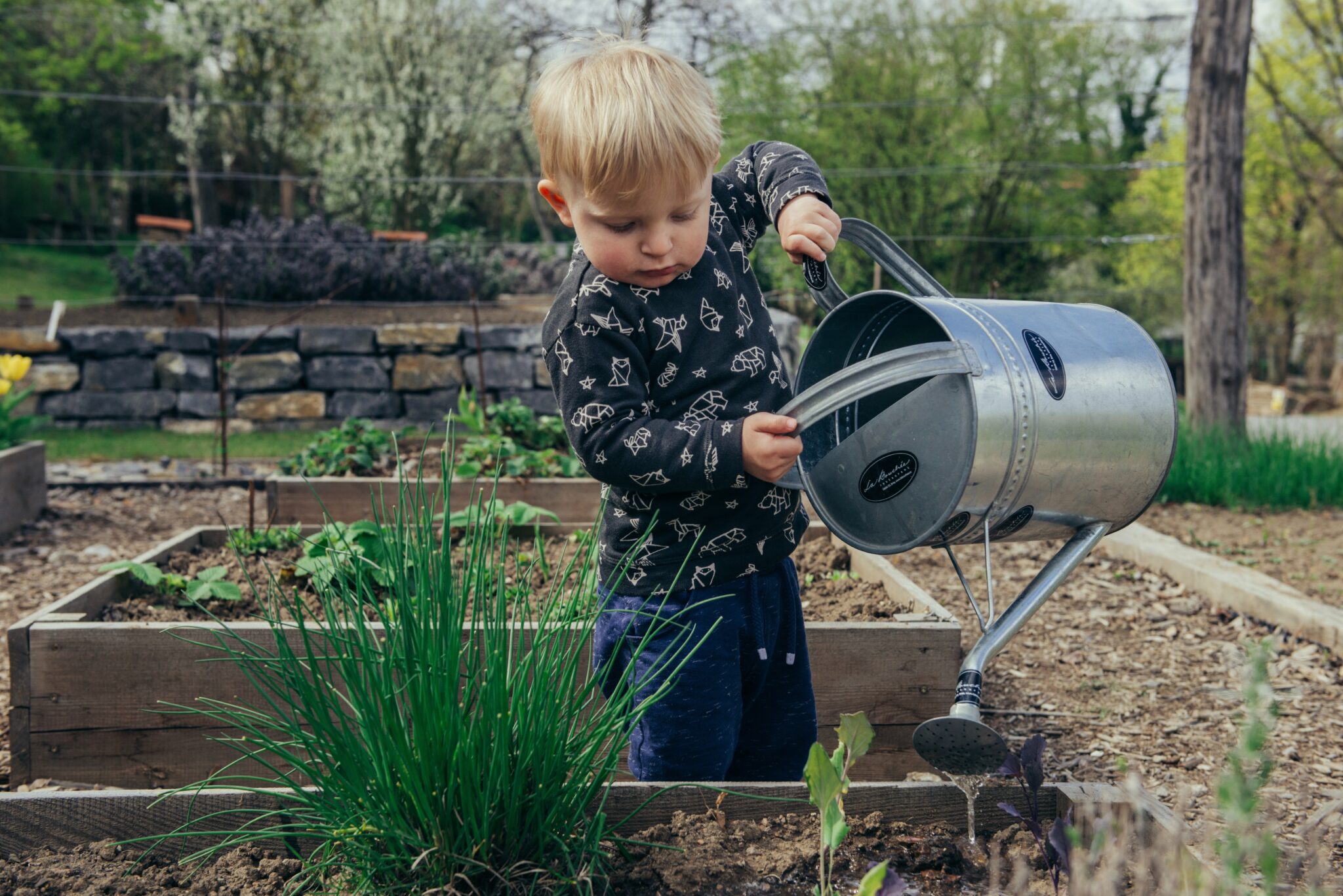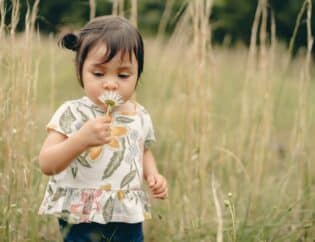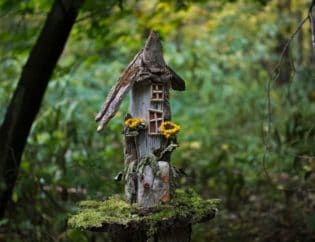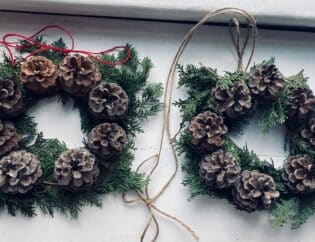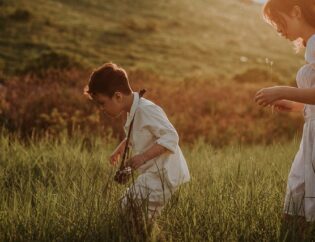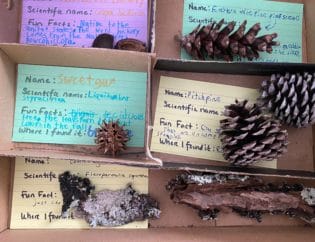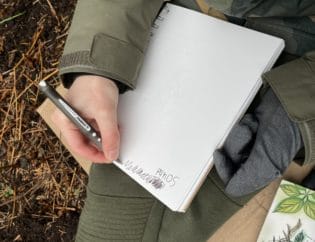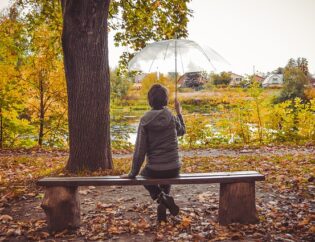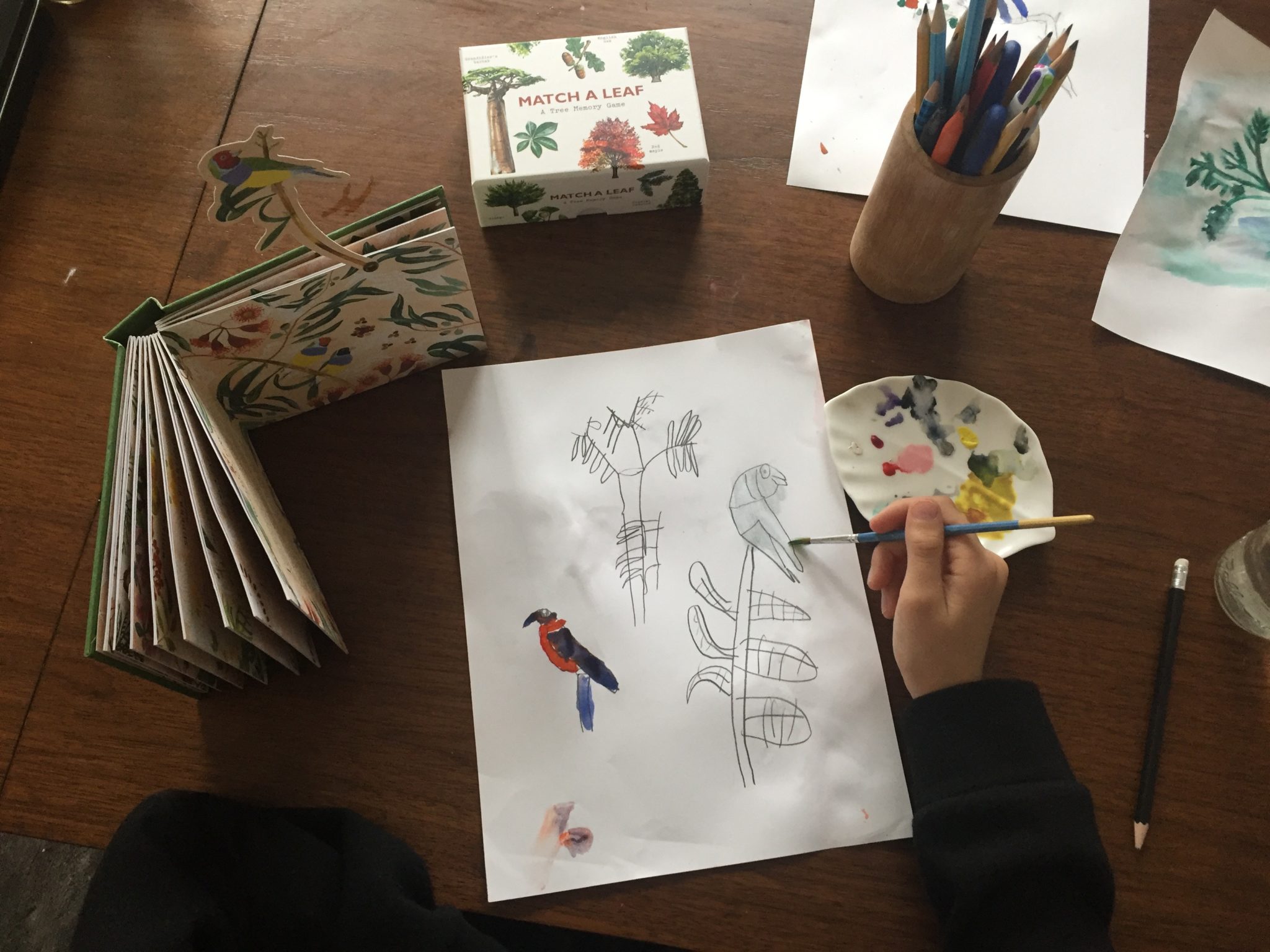
Creating art from the natural world is a wonderful way to encourage your child to be creative while developing art skills and observing nature. And because inspiration can be found in all corners, your child can create nature art from virtually anyplace—their backyard, a nearby park, outside of their window or even from the dining room table.
Like most activities we suggest on Childhood by Nature, you don't need to be an expert in art to guide your child through this activity. As the parent or caregiver, all you need is to do is provide supplies, space and freedom for exploration.
Your child can do this activity in an outdoor area. Or they can create the art indoors after gathering natural objects from the outdoors. They can even create their art looking at photos of birds or other natural critters or objects in ID books or from photos. Before they choose their natural model, remind your child to look for objects with interesting details they would like to explore. You can show them a few examples: the spiral pattern of a pinecone; the hues of a shed patch of lichens; the pattern of veins on a leaf; even the vivid plumage of a tropical bird in a photo.
Now it's time for your child to put their tuning in glasses on and start gathering! Remind them to pick up objects that have naturally fallen to the ground. Ask them to gather their objects into a bag, being careful not to take any critter or any poisonous plants or mushrooms along. That said, dead insects make cool model.
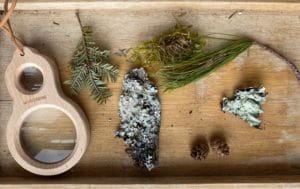
Once you return home, help your child spread their objects out on a white background or in a tray so they can decide what to focus on for their art. A small portable light source is helpful for seeing details. They might enjoy using a magnifying glass for closer observation. Older children may even want to make slides for viewing under a microscope.
Set your child up at their own station and have them inspect their natural object, remind them to take note of shape, texture, pattern, colors, presence of pinecones, buds or spots and holes.
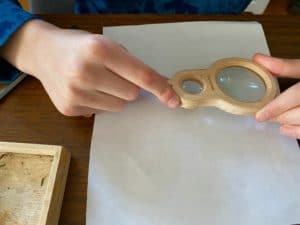
Give your child some scrap paper to work out the shape, various angles, and texture of the object. This is when they really focus in on the details of their object.
They can also work out the various colors in their object by creating the colors they see. If they need help, you can show them how to blend colors, dilute colors or brighten them. Remind them that nature is not monochromatic, or one color. You can see many hues in any natural object when you look close.
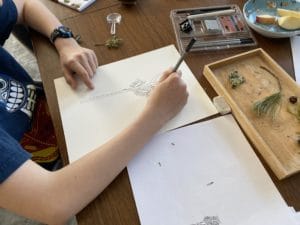
Once your child feels satisfied with their understanding of the object and its hues, give them some watercolor paper to sketch their object. Ask them to over their sketch with waterproof pens if you have those available or just move on to adding color. They should make sure the watercolor paint is dilute enough to see the details of their sketch and vivid enough to capture the natural colors in the object.
Once they feel that their piece of art is finished, they can continue to create different views of the object, experimenting with close up or actual size views, even views of the object back in its natural setting. They can also zoom in closely to do just a texture or color study. It’s up to them. The possibilities are endless!
